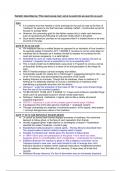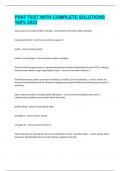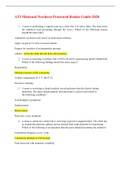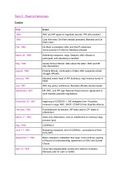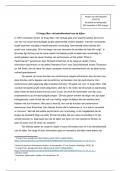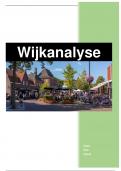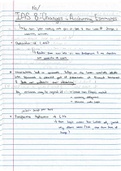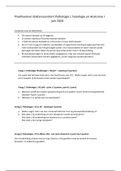Essay
Hamlet Essay Plans A Level OCR Englishby Annabellagrant Lit
- Module
- Drama and poetry pre-1900
- Institution
- OCR
Multiple essay plans to guarantee A, includes all Hamlet themes, THIS IS WHAT GOT ME MY A IN ENGLISH LIT, honestly, you'll thank me, took me like a year to compile this document, has around 30 essays. OCR English Lit A level By Annabellagrant
[Show more]
